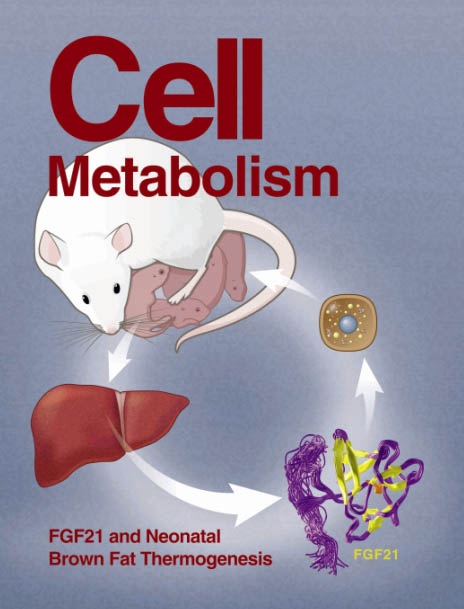RIPK1 senses S-adenosylmethionine scarcity to drive cell death and inflammation
IF 30.9
1区 生物学
Q1 CELL BIOLOGY
引用次数: 0
Abstract
The capacity of cells to sense and respond to nutrient availability is essential for metabolic homeostasis. Failure in this process may cause cell death and associated diseases. While nutrient sensing in metabolic pathways is well understood, the mechanisms linking nutrient signals to cell death remain unclear. Here, we show that RIPK1, a key mediator of cell death and inflammation, senses methionine and its metabolite, S-adenosylmethionine (SAM), to dictate cell survival and death. SAM-mediated symmetrical dimethylation at RIPK1 Arg606 by PRMT5 functions as a physiological protective brake against RIPK1 activation. Metabolic perturbations, such as methionine restriction or disrupted one-carbon flux, reduce SAM levels and unmask Arg606, promoting RIPK1 self-association and trans-activation, thereby triggering apoptosis and inflammation. Thus, RIPK1 is a physiological SAM sensor linking methionine and one-carbon metabolism to the control of life-or-death decisions. Our findings suggest that RIPK1 could be a potential target for diseases associated with disrupted SAM availability.

RIPK1感知s -腺苷蛋氨酸的缺乏来驱动细胞死亡和炎症
细胞感知和响应营养可用性的能力对代谢稳态至关重要。这一过程的失败可能导致细胞死亡和相关疾病。虽然代谢途径中的营养感知已被很好地理解,但将营养信号与细胞死亡联系起来的机制仍不清楚。在这里,我们发现RIPK1是细胞死亡和炎症的关键介质,它能感知蛋氨酸及其代谢物s -腺苷蛋氨酸(SAM),从而决定细胞的存活和死亡。sam介导的PRMT5在RIPK1 Arg606上的对称二甲基化可作为对RIPK1激活的生理保护制动。代谢扰动,如蛋氨酸限制或单碳通量中断,降低SAM水平,揭示Arg606,促进RIPK1自结合和反式激活,从而引发细胞凋亡和炎症。因此,RIPK1是一个生理上的SAM传感器,将蛋氨酸和单碳代谢与生死决定的控制联系起来。我们的研究结果表明,RIPK1可能是与SAM可用性中断相关的疾病的潜在靶标。
本文章由计算机程序翻译,如有差异,请以英文原文为准。
求助全文
约1分钟内获得全文
求助全文
来源期刊

Cell metabolism
生物-内分泌学与代谢
CiteScore
48.60
自引率
1.40%
发文量
173
审稿时长
2.5 months
期刊介绍:
Cell Metabolism is a top research journal established in 2005 that focuses on publishing original and impactful papers in the field of metabolic research.It covers a wide range of topics including diabetes, obesity, cardiovascular biology, aging and stress responses, circadian biology, and many others.
Cell Metabolism aims to contribute to the advancement of metabolic research by providing a platform for the publication and dissemination of high-quality research and thought-provoking articles.
 求助内容:
求助内容: 应助结果提醒方式:
应助结果提醒方式:


